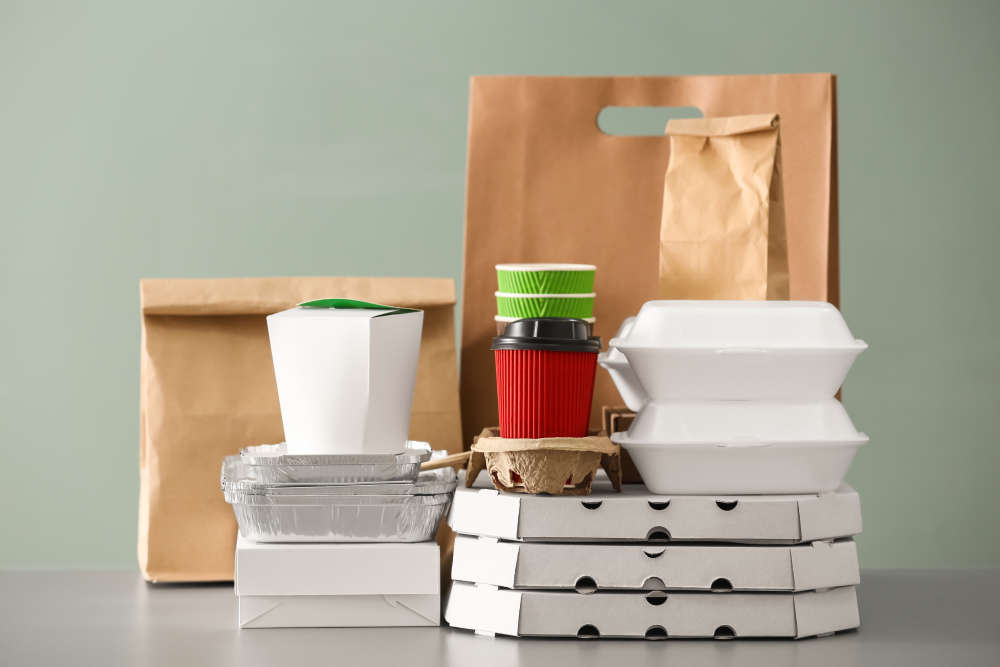Innovative Food Packaging: Balancing Functionality and Sustainability

Food packaging plays a crucial role in the food industry by preserving freshness, ensuring safety, and enhancing brand identity. With the growing demand for sustainable solutions, modern packaging trends are shifting towards eco-friendly alternatives without compromising functionality.
Key Functions of Food Packaging
-
Preservation & Protection
-
Prevents contamination and spoilage
-
Extends shelf life by maintaining optimal conditions
-
-
Convenience & Portability
-
Enables easy transportation and storage
-
Offers user-friendly designs such as resealable and microwave-safe options
-
-
Branding & Consumer Engagement
-
Serves as a marketing tool with custom printing and unique designs
-
Influences purchasing decisions through visual appeal
-
Types of Food Packaging Materials
-
Paper & Cardboard – Ideal for takeaway boxes, bakery packaging, and eco-friendly wraps.
-
Plastic Packaging – Lightweight and durable but facing scrutiny due to environmental concerns.
-
Glass Containers – Used for premium products, offering a sustainable yet fragile alternative.
-
Metal Cans – Ensures long shelf life for preserved foods and beverages.
-
Biodegradable & Compostable Packaging – Made from plant-based materials, reducing environmental impact.
The Rise of Sustainable Food Packaging
With growing environmental awareness, companies are transitioning towards sustainable materials like recycled paper, compostable plastics, and biodegradable films. Soy-based inks, water-based coatings, and reusable containers are also gaining popularity as businesses seek to minimize their carbon footprint.
Customization & Innovation in 紙碗
Modern packaging solutions allow brands to personalize their designs through high-quality printing, embossing, and eco-friendly inks. Digital printing technology enables cost-effective customization, making it easier for businesses to adapt to seasonal promotions and limited-edition packaging.
Conclusion
Food packaging is more than just a protective layer—it serves as a communication tool, enhances user experience, and reflects a brand's commitment to sustainability. With advancements in materials and technology, the future of food packaging is set to be innovative, functional, and environmentally responsible.